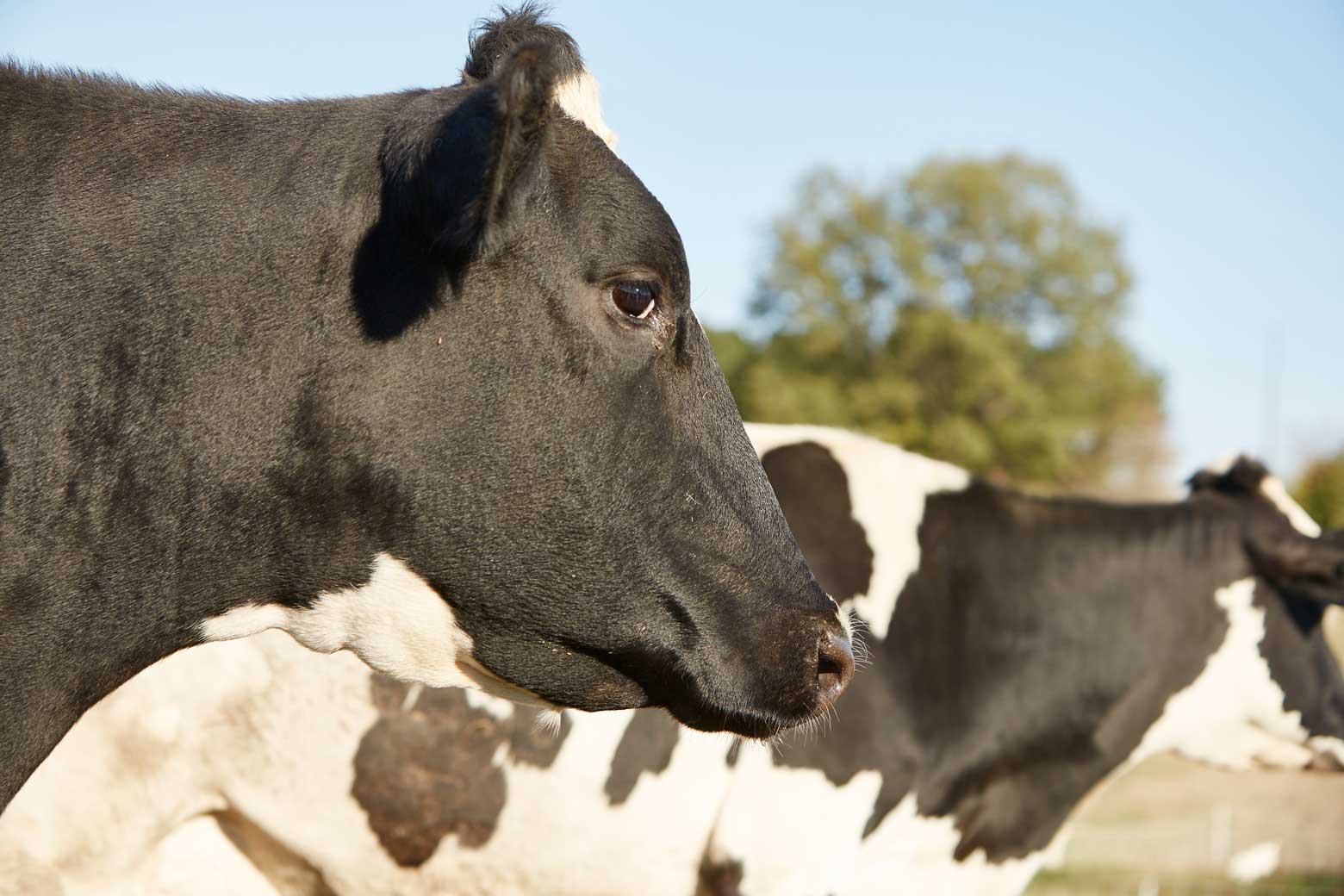September 2018 Research Roundup

- A pilot study has developed a system for placing an ultrafiltration device in a cow’s mammary gland that assesses drug levels without impacting milk appearance or the milking process.
Derek Foster, Danielle Myzk and Ronald Baynes are among the co-authors of the study published in the Journal of Dairy Science. The study indicates that such a UF device can be useful in successfully treating cattle with mastitis, inflammation of mammary gland tissue.
Read the study here.
- An evaluation of clinical tests used to identify congestive heart failure in cats has pinpointed several predictors for the difficult-to-diagnose condition.
The study, published in the Journal of Veterinary Internal Medicine with co-authors including Teresa DeFrancesco, Brent Aona and Jessica Ward, found that a lung ultrasound and blood testing for N-terminal pro b-type natriuretic peptide, or NT-proBN are both significant predictors of congestive heart failure.
The study is also the first to show that a focused cardiac ultrasound finding of even a trace amount of pericardial effusion, fluid accumulation around the heart, in a cat with respiratory distress is highly suggestive of congestive heart failure.
Read the study here.
- Loggerhead sea turtles given intramuscular epinephrine took less time to recover after undergoing anesthesia compared to those given saline, according to a study published in the Journal of Zoo and Wildlife Medicine.
Prolonged recovery time after anesthesia is common in turtles, which are frequently anesthetized while undergoing medical reatments. Delayed recovery rates may lead to higher chances of death, a significant issue for the endangered loggerhead. Study co-authors include Kate Bailey, Craig Harms and Julie Balko.
Read the study here.
- An evaluation of factors associated with strongyle parasite infection in goats finds that a focus on preventative measures may reduce the need for using parasite-destroying drugs and therefore lessen the chance of animals developing resistance to drug treatment.
Hannah Sylvester, Derek Foster, Megan Jacob and Emily Griffith co-authored the study of goats on North Carolina farms with the goal of developing parasite reduction strategies. The study found that farms that had never used anthelmintic drugs had the lowest mean strongyle fecal egg counts. Other variables include goat breed and daily protein intake. The study is published in the Journal of the American Veterinary Medical Association.
Read the study here.
- Salmonella contains mechanisms that influence the body’s responsive neutrophil respiratory burst, when innate immune cells work to kill invading microorganisms, according to a study published in PLOS One.
During salmonellosis, neutrophil-derived reactive oxygen species, or ROS, in the respiratory burst also leads to Salmonella expansion and survival in the stomach. The findings suggest that the Salmonella virulence factors playing a key role during enterocolitis, inflammation of the small intestine and colon, also play key roles in the magnitude of the neutrophil respiratory burst response to Salmonella. Study co-authors include Johanna Elfenbein, Katie Sheats and Trina Westerman.
Read the study here.
- The first study on student exercise motivation within veterinary medical education finds the largest motivators for DVM students include stress management, avoidance of ill health, weight management and revitalization.
Those motivations differ from those expressed by undergraduate students and non-medical graduate students who usually cite challenge, competition, appearance, weight loss and social recognition among the main factors. The study highlights the value of targeted wellness offerings in promoting exercise among DVM students.
Kate Bailey, Greg Lewbart, Liara Gonzalez, Suzanne Hunt and Kenneth Royal co-authored the study, published in the Journal of Veterinary Medical Education.
Read the study here.
- A clinical trial comparing two forms of treatment for horses with intestinal strangulation finds that although both drugs help with pain control, one of them, firocoxib, has a greater ability to inhibit endotoxemia that is associated with strangulated obstruction in the small intestine.
Endotoxemia, an inflammatory response to bacteria that can lead to death, may occur after a horse suffers from colic. About 10 percent of horses suffer from colic each year.
The study is published in the Equine Veterinary Journal and co-authors include Anthony Blikslager, Amanda Ziegler and Megan Burke.
Read the study here.


